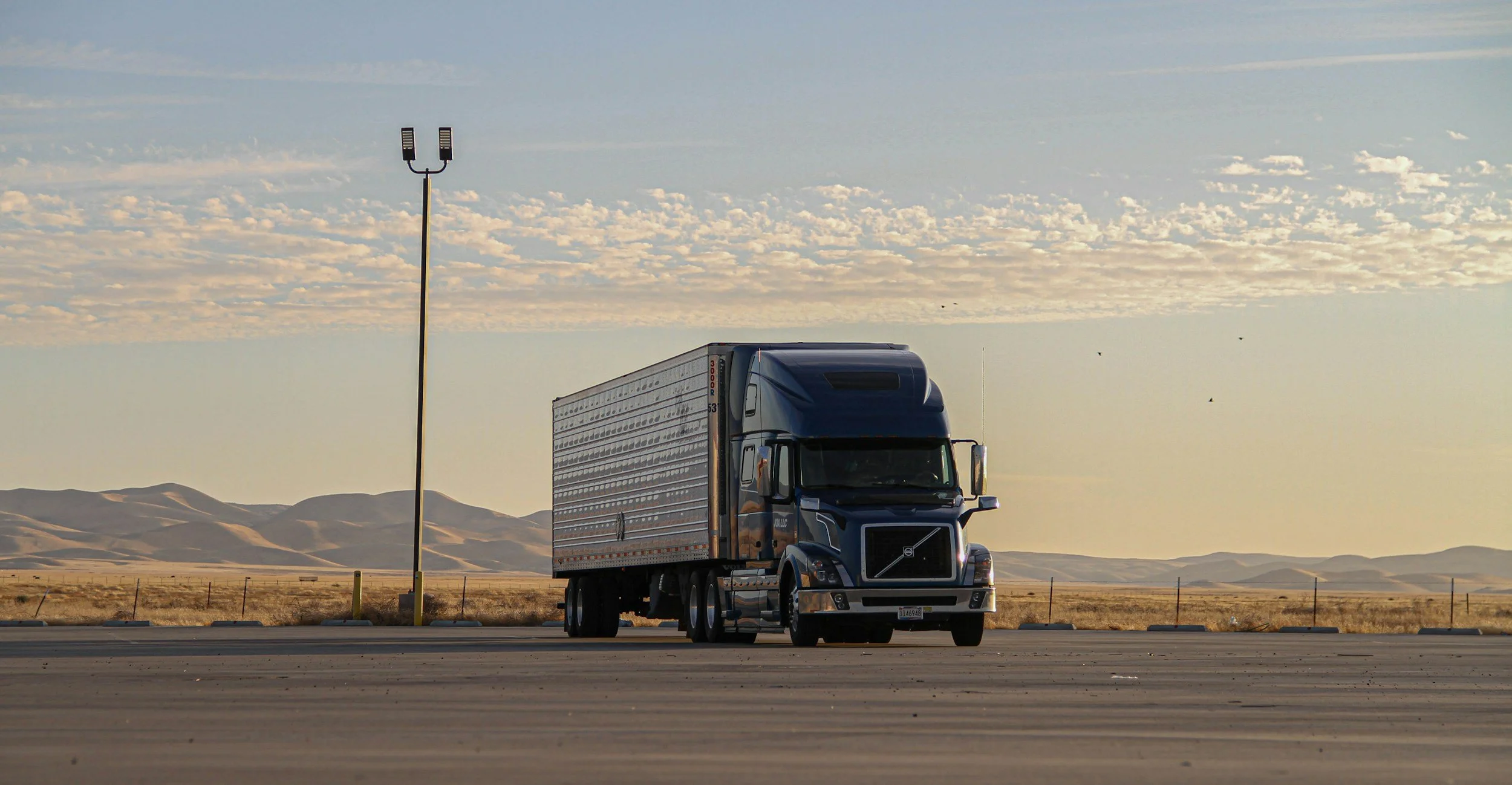
Lets Get Started
Whether you’re starting with a single box truck or building a reefer fleet, setting up your trucking company the right way from the beginning is critical for long-term success. Here’s what you need to launch a compliant, organized, and profitable trucking business.
Business Formation
Choose your business name and structure (LLC, S Corp, Sole Proprietor)Register your business with the Secretary of State
Get an Employer Identification Number (EIN) from the IRS
Open a business bank account
Obtain a DOT-compliant operating agreement or company driver/lease agreement (especially important for partnerships or leased owner-operators)
Download our Getting Started Guide for helpful links
Obtain Authority & Required Registrations
USDOT Number (required for interstate and most intrastate carrier)
MC Number (for carriers hauling regulated commodities across state lines for hire)
BOC-3 Filing (process agent designation)
Unified Carrier Registration (UCR)
International Registration Plan (IRP) – for apportioned plates
International Fuel Tax Agreement (IFTA) registration
State-specific intrastate authority (if only operating within one state)
Heavy Vehicle Use Tax (Form 2290) for vehicles over 55,000 lbs GVWR
Drug & Alcohol Consortium Enrollment (for CDL drivers)
Download our Getting Started Guide for helpful links
Insurance Requirements
Primary liability insurance
Cargo insurance (required for most loads)
Physical damage coverage
Bobtail/non-trucking liability (if operating under another carrier’s authority)
Reefer breakdown coverage (if running refrigerated units)
Occupational accident insurance or workers’ comp (depending on state & setup)
Download our Getting Started Guide for helpful links
Equipment Setup & Documentation
Commercial truck purchase or lease agreement
DOT-compliant inspection report
ELD (Electronic Logging Device) setup and registration
Maintenance records system
Safety/emergency equipment (fire extinguisher, reflective triangles, etc.)
FMCSA-compliant vehicle file and driver file systems
DOT markings and truck signage
Download our Getting Started Guide for helpful links
Equipment-Specific Considerations
Box Truck
Typically non-CDL under 26,000 lbs (check state rules)
Liftgate or pallet jack for final-mile delivery?
Check local business delivery permits or city access limitations
Hotshot Truck
Pickup truck (often dually) + gooseneck or flatbed trailer
CDL may be required if over 26,001 lbs combined
DOT-compliant securement equipment (straps, chains, binders)
Annual DOT inspection for both truck and trailer
Short-term trip/fuel permits for multistate travel without IFTA/IRP
Reefer Truck
Thermo King or Carrier reefer unit
Reefer unit maintenance logs
Reefer breakdown insurance
Compliance with FSMA (Food Safety Modernization Act) for temperature-sensitive loads
Power-Only or Lease-On Drivers
Signed lease agreement with carrier
Non-trucking liability (bobtail) insurance
Trailer interchange agreement, if applicable
Compliance Systems & Record Keeping
Driver qualification file (DQF)
Hours of Service (HOS) tracking system
DVIR (Driver Vehicle Inspection Report) logs
Maintenance logs
Accident register
Drug & alcohol testing records
Audit-ready compliance forms (or digital templates—like your Trucking Forms Bundle)
Download our Getting Started Guide for helpful links
Operational Setup
Load board accounts (e.g., Truckstop, DAT, etc.)
Dispatch process (DIY or third-party)
Accounting & bookkeeping system (* *Cough Cough* * 818 Freight Solutions)
Business management tools (compliance software, digital file storage)
Dedicated email and phone line for carrier communications
Invoice and rate confirmation templates
Download our Getting Started Guide for helpful links









